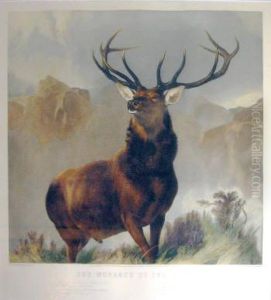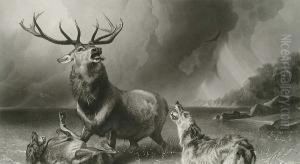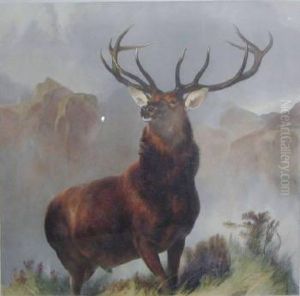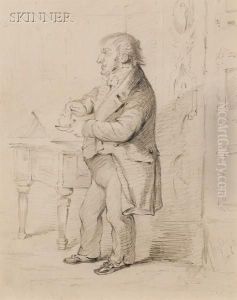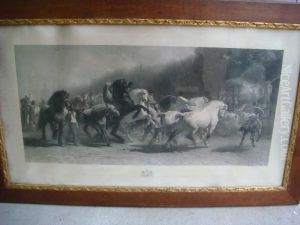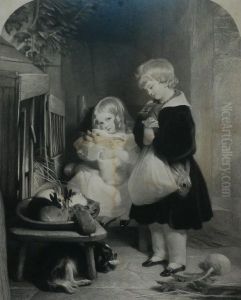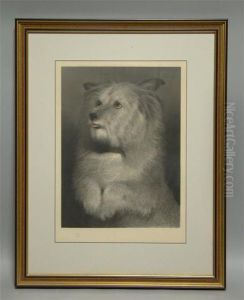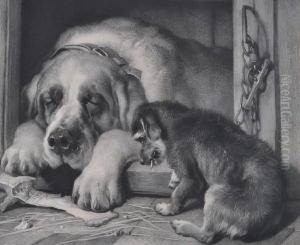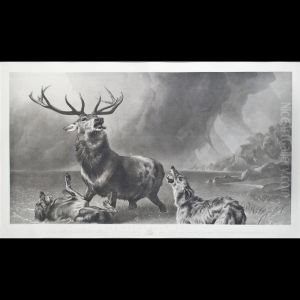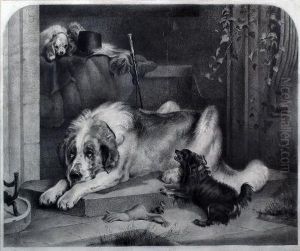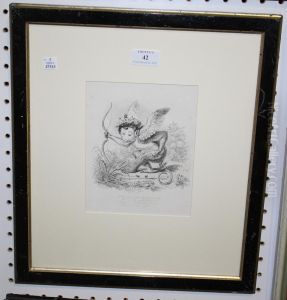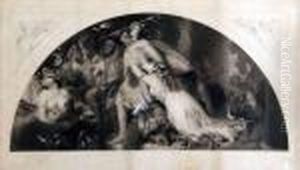Thomas Landseer Paintings
Thomas Landseer was a distinguished British artist and engraver, born into a creative and talented family in 1795. He was the elder brother of the renowned painter Sir Edwin Landseer, known for his animal paintings, especially of dogs, horses, and stags. The Landseer family played a significant role in the British art scene of the 19th century, with their contributions spanning across painting, engraving, and sculpture.
Thomas showed an early talent for engraving and studied under his father, John Landseer, who was also an engraver and writer. He further honed his skills at the Royal Academy Schools, where he began to exhibit his works from 1816 onwards. Over his career, Thomas Landseer became best known for his engravings, which often depicted animals with remarkable precision and emotion, a trait that was also evident in his brother Edwin's paintings.
In addition to his animal engravings, Thomas Landseer also made significant contributions to the world of satire through his works. He produced a series of etchings in the 1820s that parodied the works of Sir Walter Scott, showcasing his versatility and wit as an artist. His ability to infuse humor and critique into his art earned him a unique place in the art world of his time.
Thomas Landseer's works were widely appreciated, and he was elected as an Associate Engraver of the Royal Academy in 1873, a testament to his skill and the esteem in which he was held by his contemporaries. Throughout his life, Thomas collaborated closely with his brother Edwin, engraving many of his paintings, thus contributing to the legacy of the Landseer name in the art world.
Despite living in the shadow of his more famous brother, Thomas Landseer carved out his own niche, leaving behind a body of work that continues to be celebrated for its technical skill and artistic merit. He passed away in 1880, but his engravings and contributions to art history remain a subject of study and appreciation among art enthusiasts and historians.
